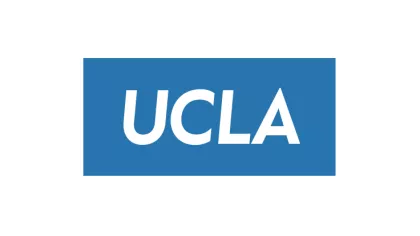
Journal Article
Barriers and Facilitators to Video Telehealth Use in Low-Income Hispanic Patients: A Theory of Planned Behavior Perspective
As telehealth grows in ubiquity, it is important to understand the barriers and facilitators to telehealth utilization in historically marginalized populations. This study utilizes the Theory of Planned Behavior (TPB) to assess correlates of the intention to utilize video consultations among low-income Hispanic patients.
This study included participants recruited from a federally qualified health center affiliated with a large university health system. Components of the TPB were assessed using an in-person survey. Participant survey responses were analyzed using multiple logistic regression to identify correlates of participants' intention to utilize video consultations.
Findings: Multiple logistic regression revealed subjective norms as the only significant correlate of participants' intention to utilize video consultations. Attitudes toward video consultations and perceived behavioral control did not independently correlate with behavioral intention.
Ratings of subjective norms were independently correlated with intention to utilize video consultations among low-income, predominantly Spanish-speaking Hispanic adults. These results suggest a potentially central role of relational influences in determining telehealth engagement in this population.




